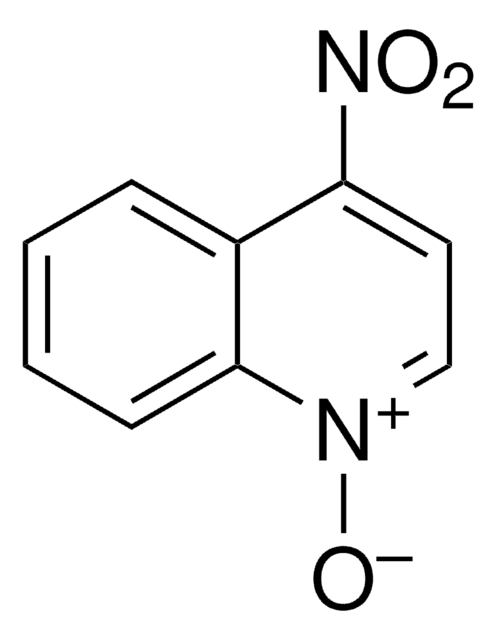D3254
7,12-Dimethylbenz[a]anthracene
≥95%
Synonym(s):
1,4-Dimethyl-2,3-benzophenanthrene, 9,10-Dimethyl-1,2-benzanthracene, DMBA
About This Item
Recommended Products
assay
≥95%
form
powder
mp
122-123 °C (lit.)
application(s)
metabolomics
vitamins, nutraceuticals, and natural products
SMILES string
Cc1c2ccccc2c(C)c3c1ccc4ccccc34
InChI
1S/C20H16/c1-13-16-8-5-6-9-17(16)14(2)20-18(13)12-11-15-7-3-4-10-19(15)20/h3-12H,1-2H3
InChI key
ARSRBNBHOADGJU-UHFFFAOYSA-N
Looking for similar products? Visit Product Comparison Guide
General description
Application
- to study the effects of Cimicifuga racemosa (CR) extract on the growth of mammary tumor induced by 7,12-Dimethylbenz[a]anthracene
- in the study to compare the anti-carcinogenic properties of four red wine polyphenols as an initiator to cause skin cancer in CD-1 mouse model
- to induce epithelial carcinogenicity in order to study the apoptotic, proliferating and p12doc-1 profiles of normal, hyperplastic, dysplastic and malignant oral epithelium in the cheek pouch of the Syrian hamster
- to cause mammary tumors to examine the causes and prevention of triacylglycerol accumulation in rat liver due to tamoxifen
Biochem/physiol Actions
signalword
Danger
hcodes
Hazard Classifications
Acute Tox. 4 Oral - Carc. 1B
Storage Class
6.1C - Combustible acute toxic Cat.3 / toxic compounds or compounds which causing chronic effects
wgk_germany
WGK 3
ppe
Eyeshields, Faceshields, Gloves, type P3 (EN 143) respirator cartridges
Certificates of Analysis (COA)
Search for Certificates of Analysis (COA) by entering the products Lot/Batch Number. Lot and Batch Numbers can be found on a product’s label following the words ‘Lot’ or ‘Batch’.
Already Own This Product?
Find documentation for the products that you have recently purchased in the Document Library.
Customers Also Viewed
Articles
Cancer research has revealed that the classical model of carcinogenesis, a three step process consisting of initiation, promotion, and progression, is not complete.
Our team of scientists has experience in all areas of research including Life Science, Material Science, Chemical Synthesis, Chromatography, Analytical and many others.
Contact Technical Service


![Benzo[a]pyrene ≥96% (HPLC)](/deepweb/assets/sigmaaldrich/product/structures/253/820/be96d879-1811-46c0-8f11-612019691c2d/640/be96d879-1811-46c0-8f11-612019691c2d.png)




